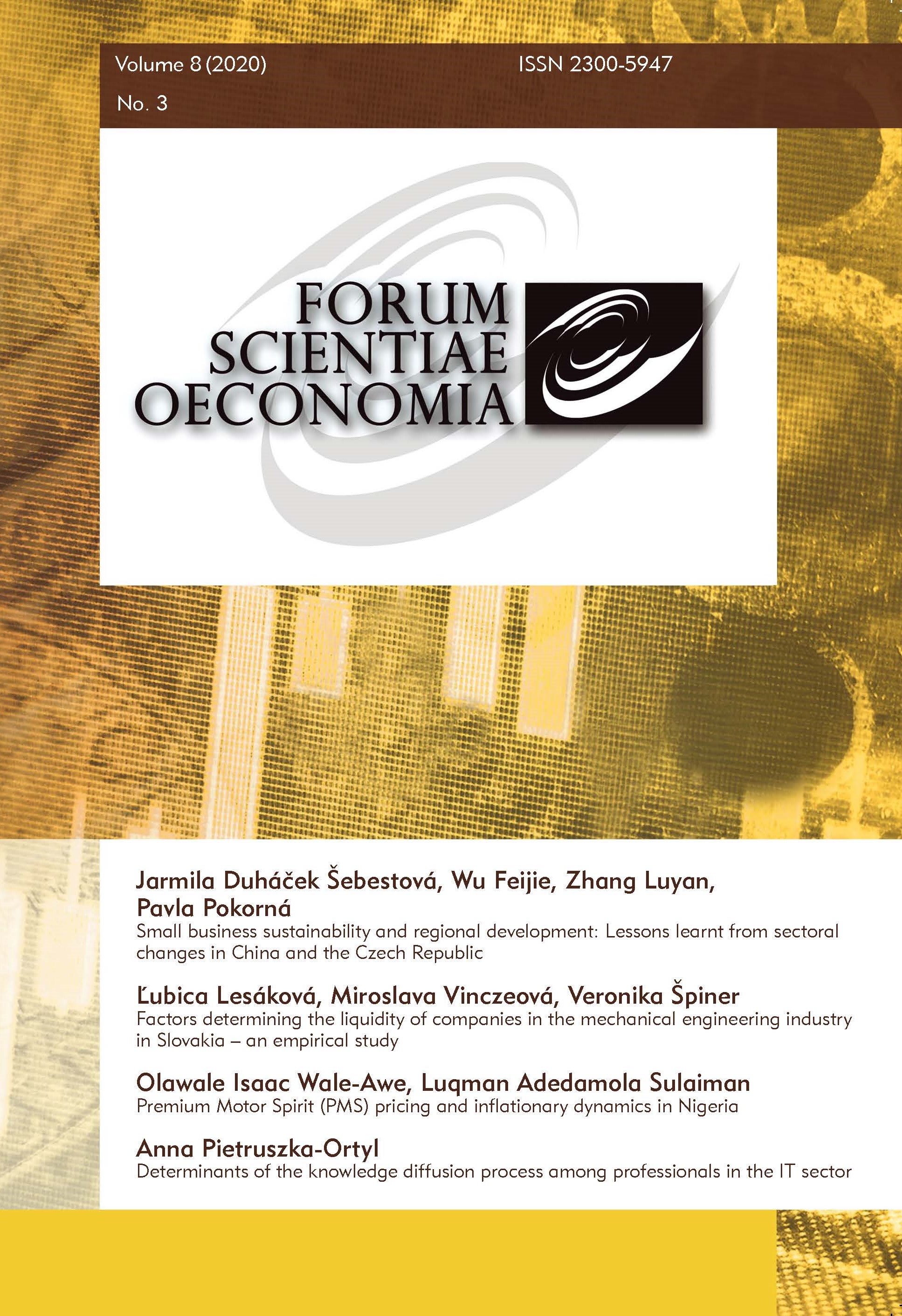Financial development and economic growth in Nigeria:
Asymmetric cointegration and threshold analysis
Financial development and economic growth in Nigeria:
Asymmetric cointegration and threshold analysis
Author(s): Raymond Osi Alenoghena, Olufemi Muibi Saibu, Babatunde Wasiu AdeoyeSubject(s): Financial Markets
Published by: Wydawnictwo Naukowe Akademii WSB
Keywords: Financial development;broad money;credit to private sector;economic growth;Nonlinear Autoregressive Distributed Lag (NARDL);Threshold Regression
Summary/Abstract: This study examines the nonlinear relationship between financialdevelopment and economic growth in Nigeria, covering the periodfrom 1980 to 2018, in an effort to explain the direction of linearitiesand determine the exact threshold policy points for financial developmentvariables. The financial development proxies adopted in thestudy are broad money and credit to the private sector. While deployingthe nonlinear autoregressive distributed lag (NARDL) approachto ascertain the asymmetric cointegration status of financial developmentand GDP growth, the turning point between the variablesof study is estimated using the threshold regression approach. Thefindings from the NARDL analysis show that the relationship betweenthe financial development variables and economic growth are cointegratedin the long run and have a U-shaped asymmetrical relationship.Furthermore, the discrete threshold regression analysis revealsthat while the switching point for broad money is 17.73% of GDP, it is6.03% of GDP for credit to the private sector. Therefore, whenever thelevel of the financial development indicators falls below the estimatedtipping point, there is a drag on the country’s economic growth. Thestudy recommends the implementation of the financial developmentthreshold points as the minimum levels by which to achieve positiveeffects on the country’s economic growth. A further recommendationto achieve rapid progress in financial development entails the rapidmonetisation of financial transactions and the expansion of financialaccess as well as the strengthening of efficiency and regulation of thefinancial markets.
Journal: Forum Scientiae Oeconomia
- Issue Year: 8/2020
- Issue No: 4
- Page Range: 43-63
- Page Count: 21
- Language: English

